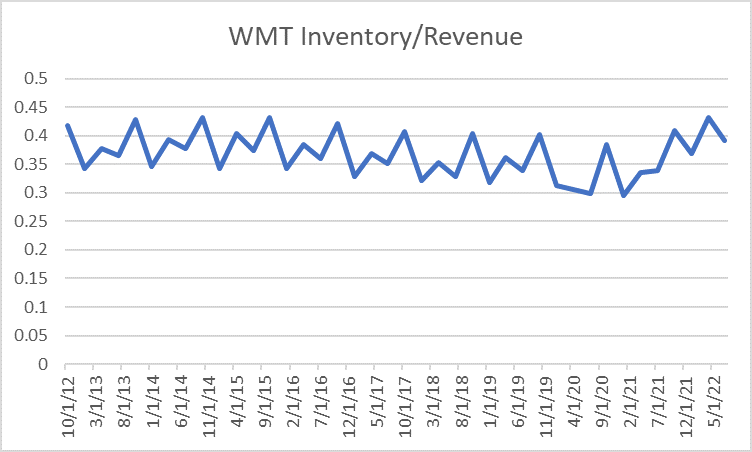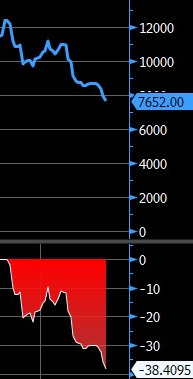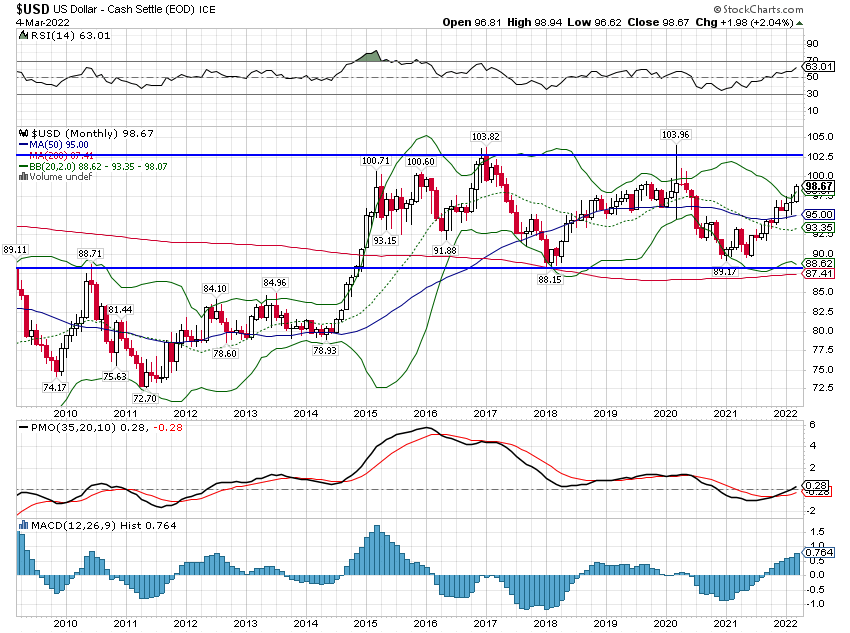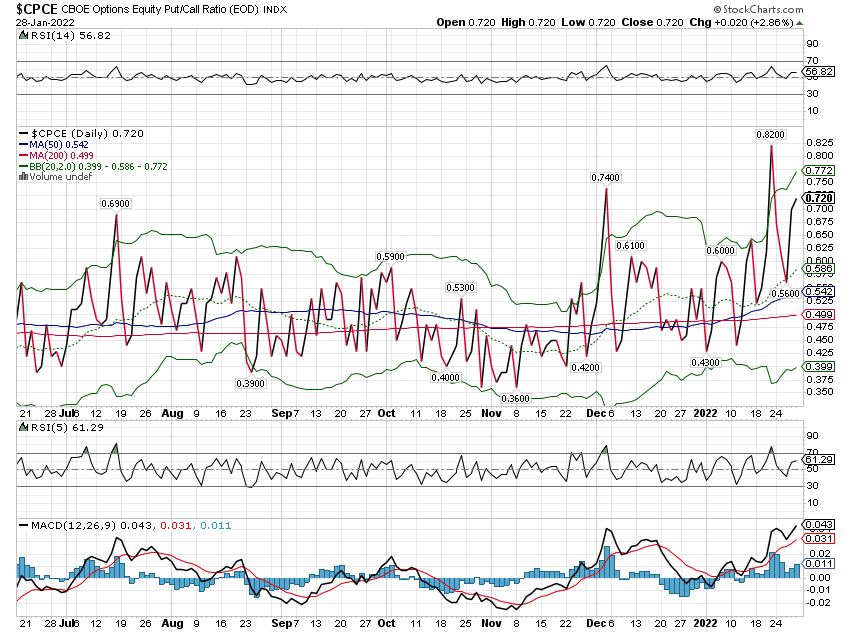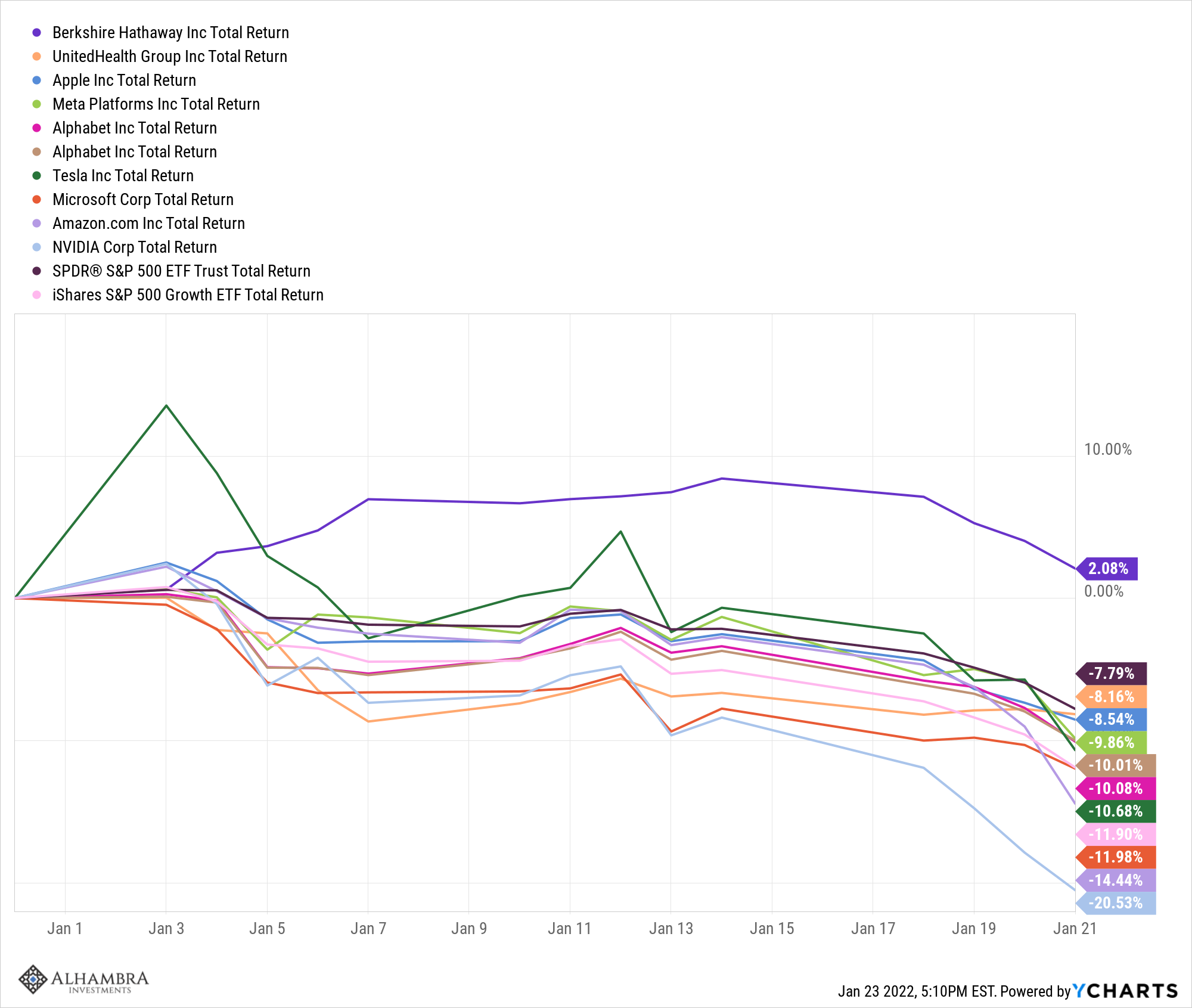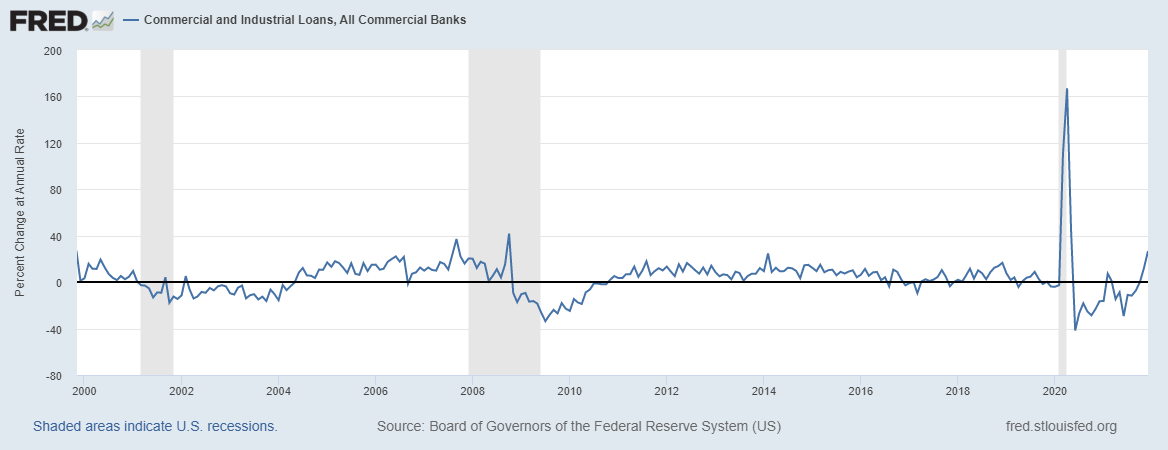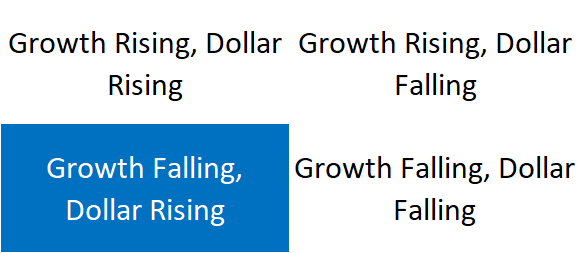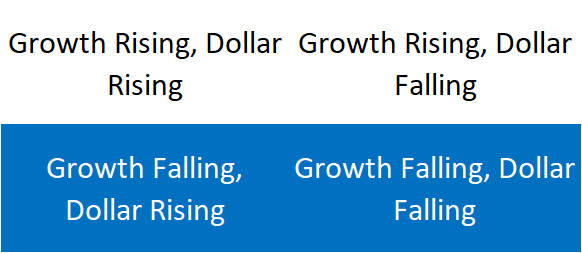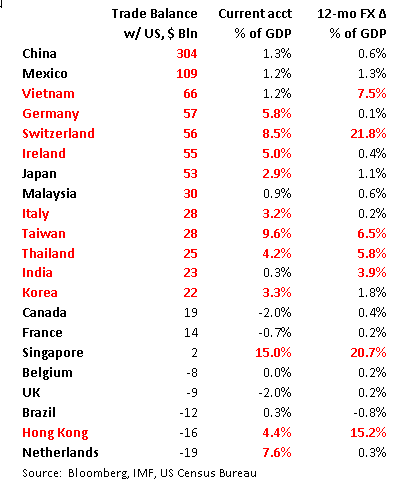EM starts the week under broadbased pressure. We downplay reports of competitive devaluations under way because of China’s FX moves, however. Many in EM in experiencing negative terms of trade shocks, and so their currencies are expected to depreciate. We do not think any policymakers in EM want a weaker currency, as most are fighting to lend support via intervention and other means.
The multi-year EM boom has ended, and valuations across all asset classes are being adjusted. This process is being made even more difficult as the Fed normalizes rates. Because FX markets in particular are prone to overshoot, that means exchange rates are likely to remain volatile as the adjustment continues.
Idiosyncratic risks continue across many EM countries. Several of Rousseff’s cabinet, including Chief of Staff Wagner, have been linked to the ongoing corruption scandal, and may face formal investigations. There was no new news in South Africa, yet that didn’t prevent the rand from collapsing 10% to a new record low earlier today due to negative sentiment in thin market conditions. The rand has since recovered some, but the outlook remains poor. Sliding commodity prices are likely to keep pressure on the currencies of the exporting countries.
Mexico reports November IP this morning, and is expected to rise 1.3% y/y vs. 0.5% in October. The economy remains soft and inflation continues to make multi-decade lows. The central bank next meets February 4, and no change is expected then if the Fed stands pat this month. The weak peso will keep the bank concerned, however, and so they may try to send a hawkish message then in the statement.
Czech Republic reports December CPI Tuesday, and is expected to remain steady at 0.1% y/y. It also reports November retail sales that day, which are expected to rise 8.7% y/y vs. 7.4% in October. The recovery continues, but deflation risks persist. A senior official recently raised the possibility of the EUR/CZK floor being extended into 2017. The next policy meeting is February 4. No change is expected then, but the bank may start setting the table for an eventual change to its forward guidance.
South Africa reports November manufacturing production Tuesday, and is expected at -0.3% y/y vs. -2.1% y/y in October. The economy remains weak, and yet the SARB may feel compelled to continue tightening in light of the plunging rand. The next policy meeting is January 28. If the rand remains weak, then another hike then becomes more likely.
India reports November IP Tuesday, and is expected to rise 2.0% y/y vs. 9.8% y/y in October. India also reports December CPI that day, and is expected to rise 5.5% y/y vs. 5.41% in November. It then reports December WPI Thursday, and is expected at -1.2% y/y vs. -2% in November. Price pressures are rising, even as the recovery continues. As such, the RBI may find it hard to continue tightening in 2016. The next policy meeting is February 2.
Bank Indonesia meets Wednesday and is expected to cut rates 25 bp to 7.25%. However, the market is split. Of the 15 analysts polled by Bloomberg, 6 see no change and 9 see a 25 bp cut. We think it will cut, and would follow other macro prudential easing measures in recent months. CPI rose only 3.4% y/y in December, and is back in the 3-5% target range for the second straight month. Indonesia reports December trade Friday. Exports are seen contracting -20% y/y, while imports are seen contracting even more at -21% y/y. The trade surplus is likely to continue growing as a result.
China reports December trade data on Wednesday. In USD terms, exports are expected at -8% y/y while imports are expected at -11% y/y. December new loan data should come out this week too, and are expected to show continued growth in loans and aggregate financing.
Brazil reports November retail sales Wednesday, and are expected at -9.1% y/y vs. -5.6% in October. It then reports monthly GDP proxy Thursday. The economy remains in recession. IPCA inflation rose less than expected in December, but still moved further above the target range. COPOM next meets January 20, and we think it will restart the tightening cycle with a 50 bp hike to 14.75%.
Poland reports November trade and current account data Wednesday. The external accounts continue to improve. National Bank of Poland meets Thursday and is expected to keep rates steady at 1.5%. CPI came in at -0.5% y/y in December, as deflation persists. Virtually the entire MPC will be replaced this month and next, and the next group is expected to be more dovish. As such, the easing cycle will likely resume later in 2016.
Bank of Korea meets Thursday and is expected to keep rates steady at 1.5%. Price pressures remain low but are picking up. CPI rose 1.3% y/y in December. This is the highest rate since August 2014, and suggests limited room for further easing. Indeed, core CPI rose 2.4% y/y in both November and December, a cycle high. The Bank of Korea has been on hold since the last 25 bp cut to 1.5% in June 2015.
Hungary reports December CPI Thursday, and is expected to rise 0.9% y/y vs. 0.5% in November. Much of this is due to low base effects. The central bank is already using unconventional measures to boost growth, as it feels that cutting the policy rate won’t have as much impact.
Chile’s central bank meets Thursday and is expected to keep rates steady at 3.5%. CPI rose 4.4% y/y in December, back above the 2-4% target range after a brief move within it. As such, we think the tightening cycle will continue, albeit modestly. The bank just hiked 25 bp in December, and another one this month seems unlikely given the soft economy. A hike is likely later in Q1, however.
Peru’s central bank meets Thursday and is expected to keep rates steady at 3.75%. A small handful sees a 25 bp hike to 4.%. CPI rose 4.4% y/y in December, further above the 1-3% target range and the high for this cycle. As such, we think the tightening cycle will continue, albeit modestly. The bank just hiked 25 bp in December, and we think another one this month seems unlikely given the soft economy. A hike is likely later in Q1, however.
Singapore reports November retail sales Friday, and are expected to rise 3.4% y/y vs. 2.7% in October. Overall, the data have come in soft even as deflation risks persist. CPI came in at -0.7% y/y in November. As such, we think the MAS will loosen policy in April with an adjustment to its S$NEER trading band.
***From my colleague Dr. Win Thin
Tags: Emerging Markets




















